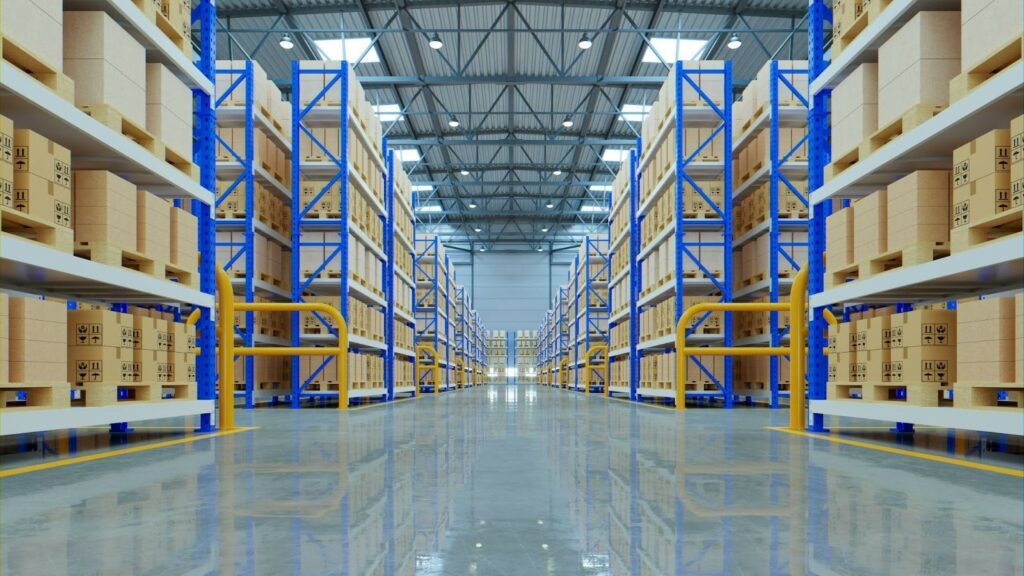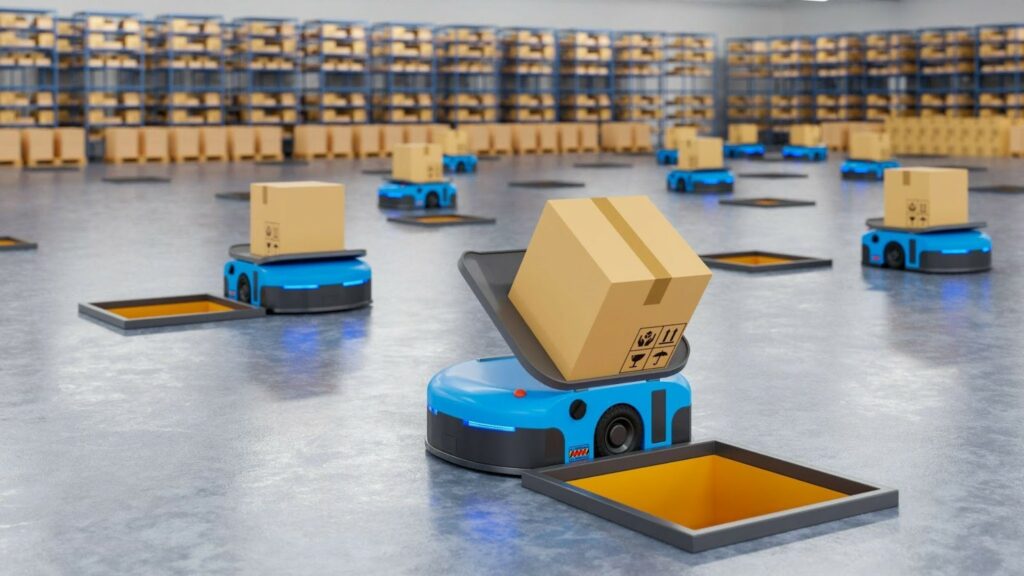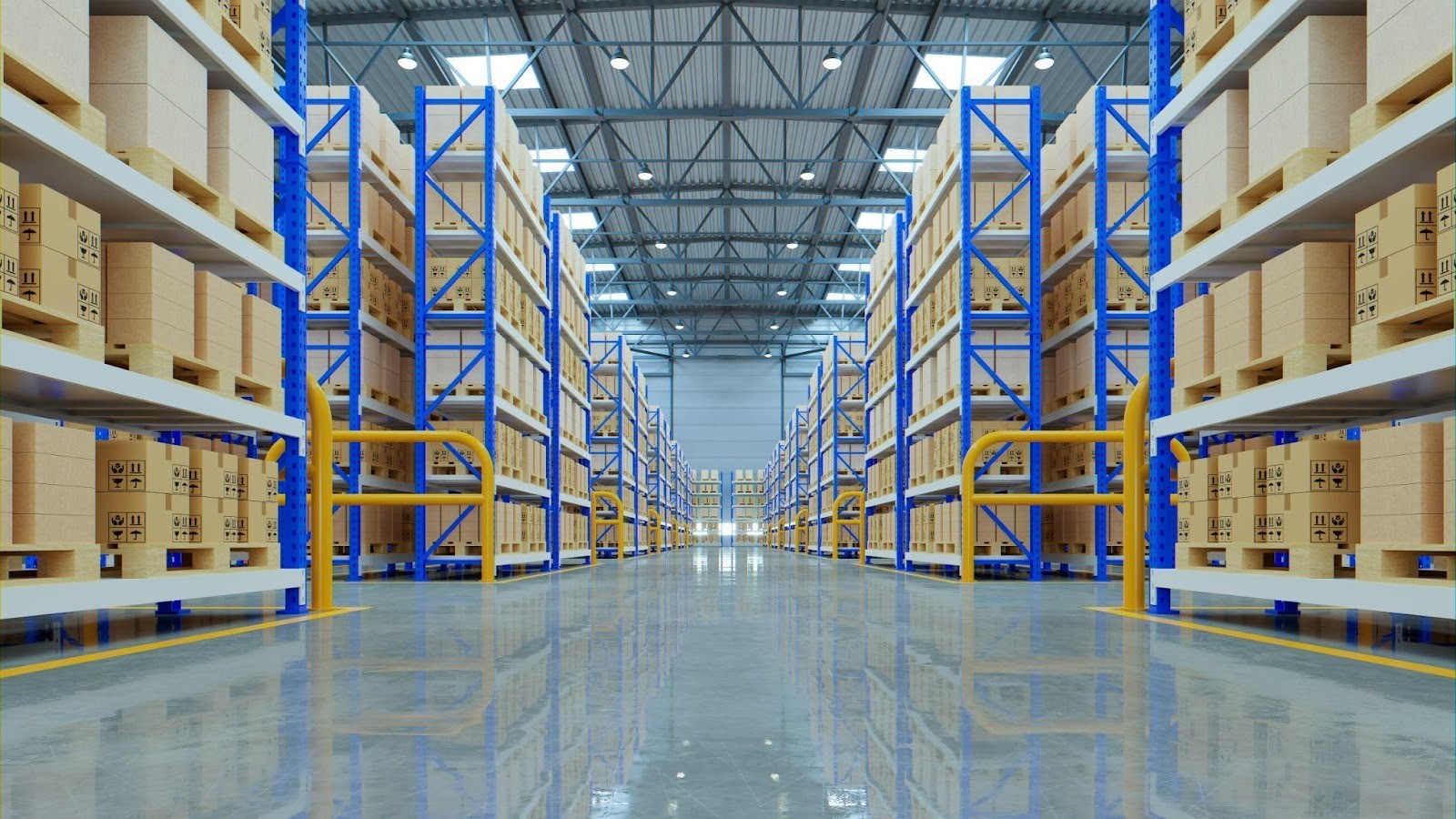Is your business taking a toll and not growing big enough because of the logistics and transportation challenges? Or are you from that other lot whose business has thrived exponentially because of the well-optimized logistics?
No matter which one you are, the bottom line is transportation and logistics play a vital role in revolutionizing the success of your business. An efficient supply chain and well-optimized automation methods can help you get those extra bucks.
This blog primarily focuses on how logistics has helped businesses make it big in the past, real examples of businesses that have either boomed or failed because of well-optimized logistics strategy, what are the trends that will transform the sector, and which are some basic digitalization tips that you can include in your regime to revolutionize your business.
How Logistics Helped Businesses Make it Big?
Let’s understand how logistics played a role in making it big for many businesses. The answer lies in how they strategically used logistics and transportation to provide better services to their customers.
Ever wondered how Amazon can deliver a package to your doorstep within hours? Or how FedEx and UPS can get your parcel across the globe so swiftly? It’s all about logistics, my friend.
In 1977, the Harvard Business Review published a game-changing article titled “Logistics: Essential to Strategy.” It was a revolutionary concept at the time, suggesting that logistics was more than just moving stuff from one place to another; it was the heart of business strategy.
Let’s understand through an example of Amazon. See how they used Logistics as the key strategic shift in their business model and made it big.
Amazon: The Customer-Centric Transformer
Amazon, a company that started as an online bookstore, didn’t become a global e-commerce powerhouse overnight. They transformed the way people shop, and logistics played a key role.
Amazon’s Prime service, which offers fast and free delivery, was a game-changer. It made getting almost anything you want within 2 days seem like magic. But it wasn’t magic; it was a meticulously designed logistics system.
Strategic Shift
Amazon invested heavily in its fulfillment centers, strategically placing them to reduce shipping times. They also developed a robust last-mile delivery network, partnering with local couriers. This shift, coupled with data-driven decision-making, helped Amazon reach global leadership.
Implications of this Shift
Customers now expect fast shipping, and Amazon has set the standard. Their success wasn’t just about delivering packages but about exceeding customer expectations. This approach created brand loyalty and opened new revenue streams like Amazon Web Services (AWS).
What can we learn from these companies, then? Any company may succeed by embracing change, remaining customer-focused, and utilizing technology.
Let’s get down to business and examine the logistics sector in more detail. We’ll examine some figures, patterns, and issues this industry faces globally.
Global Trends in Logistics

The logistics world is in constant motion. It’s like a giant puzzle where every piece keeps changing shape. Here are some global trends that have been shaping this industry.
- E-commerce Explosion
The rise of online shopping has been phenomenal. More people are ordering products online, so logistics companies must work harder to deliver all those packages
- Sustainability Drive
There’s a growing concern for the environment. Many logistics players seek eco-friendly solutions, like electric delivery vehicles and efficient packaging, to reduce their carbon footprint.
- Tech Takeover
Technology is everywhere, and logistics is no exception. Automation, IoT, and AI are game-changers, helping companies optimize routes, reduce errors, and cut costs.
Industry Growth and Challenges
Now, let’s look at the big picture. The above information gives us a good idea of how these trends will transform the Logistics and Transportation industry’s work in the next few years.
Let’s quantify all these details and understand this with the actual data of what’s happening in the market.
- Market Size
The market for logistics services is enormous and expanding globally. It was valued at over $4.2 trillion in 2019 and is anticipated to keep increasing. Global trade, e-commerce, and companies looking for effective supply chain solutions are the main drivers of this expansion.
- Major Players
When you think of logistics giants, names like DHL, UPS, and FedEx might come to mind. They’ve established their dominance through extensive networks and delivery and supply chain management innovations.
- Future Projections
The future looks promising and challenging. Global logistics market is expected to reach $4.6 trillion in 2023. However, the sector must deal with issues like escalating fuel prices, manpower scarcity, and quick technical advancements.
All these will become more effective with one big innovation in the Logistics Industry. Logistics Automation. Let’s jump in and understand how that is panning out in the market.
Automation in Logistics

Imagine a world where robots and smart machines handle the heavy lifting. Well, it’s happening in the logistics industry. Let’s understand how automation in logistics will help with higher productivity and work efficiency, leading to better business performance.
- Efficiency Overload
Automation streamlines tasks. Machines work tirelessly, day and night, without needing rest. This means faster and more efficient operations. Packages can be sorted, loaded, and delivered with impressive speed.
- Error Reduction
Robots are precise. They don’t get tired or distracted. This reduces the chances of delivery mistakes, which is a big deal regarding customer satisfaction.
- Cost Savings
Fewer human workers may sound worrisome, but it can save companies big bucks. Automation can be a cost-effective solution in the long run.
- Advanced Tracking
With automation, packages can be tracked more accurately. This lets you know where exactly your parcel is at any moment.
However, everything is easier said than done, right? Let’s look at some companies that have already embraced automation in their practice.
Real-World Automation Examples
- Amazon’s Robot Army

Amazon uses robots to move goods around its warehouses. This means faster order processing and quicker deliveries. Amazon’s drones are a futuristic way to get packages to your doorstep.
- UPS and the Smart Trucks
UPS is testing autonomous delivery trucks. Technically, these trucks are driving themselves with a human on board of course. What this helps with is boosting efficiency and reducing the workload of humans..
- Alibaba’s Smart Warehouses
Alibaba, the e-commerce giant, uses automation to make their warehouses run like clockwork. Robots transport items and even have “pick-and-pack” robots that grab products and prepare them for shipping.
Not just automation but moving forward with the trend in digitalization looks like a game changer for companies to grow exponentially in this market. Many companies in the past that missed these digital opportunities have faced a solid setback in the market.
Let’s first understand through an example how some companies fail. Towards the end of the blog, we’ll also help you understand some of the major digital opportunities you must grab if you’re in the logistics or transportation industry.
What Happens When You Ignore Digital Opportunities?
Some real-life examples of companies who faced a major setback in the past due to ignorance towards digital opportunities.
- U.S. Postal Service
The federal organization, the U.S. Postal Service, has had difficulties. Private carriers like FedEx and UPS, which made significant investments in technology and digital solutions for effective package tracking and delivery, made it difficult for the Postal Service to compete.
- Sears and Kmart
These retail giants had a substantial logistics network for delivering goods from their stores and warehouses. However, they failed to adapt to the e-commerce revolution.
They lagged in developing a strong online presence and effective supply chain management. This led to a decline in sales and eventual bankruptcy for both companies.
So, what are some must-dos for digitalization that you must consider in the logistics and transportation industry?
Must Do’s for Your Logistics Business

Digitalization has become a necessity. Whatever your line of work or sector, you cannot escape the growing dependence on and use of digitalization. Here are some tips from our end to ensure that you and your business continue to adapt to the current market standards and grow with digitalization.
- Solid Digital Presence
If you’re still contemplating whether you need to have a digital presence or not, then you’re surely way behind. Digital presents are non-negotiable today. You must invest in a well designed website to start with.
Ensure that your social media profiles are up-to-date and in place. A solid digital presence is important for creating credibility and having your customers trust your business.
- Accessibility on All Platforms
Picture this: your potential customers might be on their computers, phones, tablets, or even smartwatches. To reach them, your digital content should be like a superhero outfit – adaptable to all sizes. Whether on a desktop or a tiny screen, they should have a seamless experience. A mobile-friendly site is a must for reaching a broader audience.
- Consistent and Clear Communication
Imagine that your digital communication is a conversation with your customers. Consistency is like maintaining the same tone throughout the chat. Clear and transparent communication helps build trust and keeps customers in the loop, whether it’s your website, social media, or email newsletters. It’s like having a reliable friend.
- Remarketing and Retargeting
Someone visits your website, checks out your products, and then leaves. Remarketing and Retargeting is nudging them afterwards to come back.
Remarketing and retargeting are essential for any business. It helps your customers recall you. You can use targeted advertising to remind them of what you offer, increasing the chances they’ll return and make a purchase.
Further Reading: LATEST LOGISTICS TRENDS – A LOOK AT THE PRESENT SCENARIO
Conclusion
In conclusion, the digital age has reshaped the landscape of every industry, and the logistics and transportation sector is no exception. The logistics and Transportation industry will take a huge boom in the coming years with automation, technologies, and the latest trends coming into prominent effect. During this time, Embracing digitalization is not just an option; it’s a necessity for staying competitive and relevant in today’s fast-paced world.



